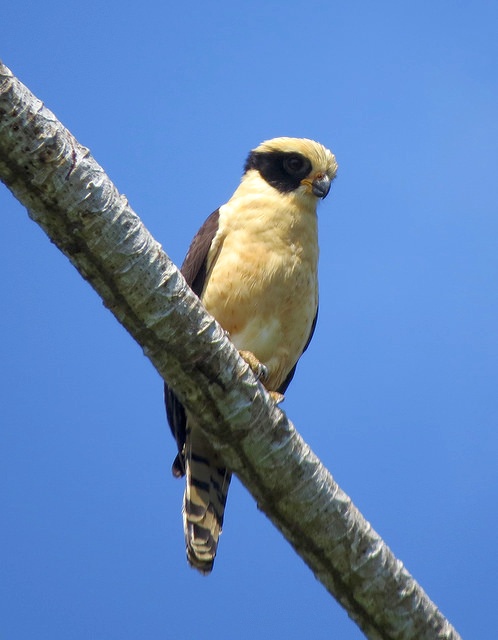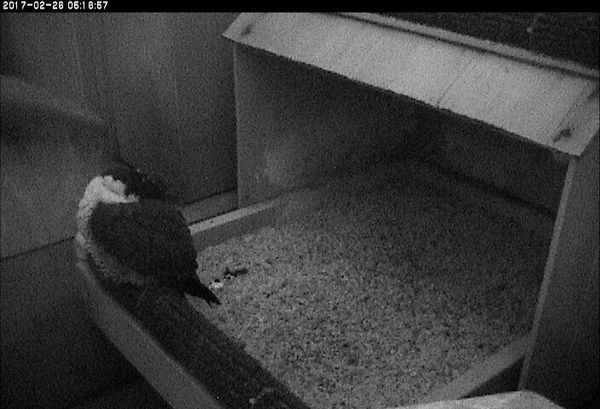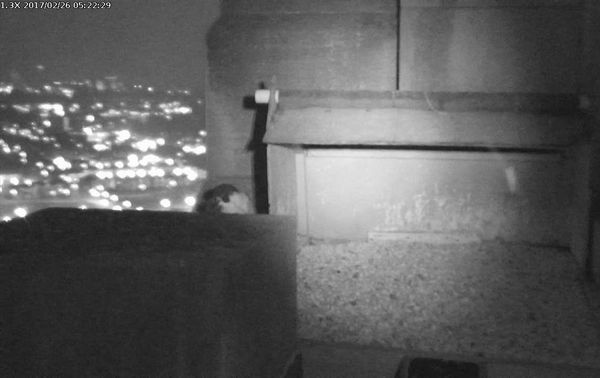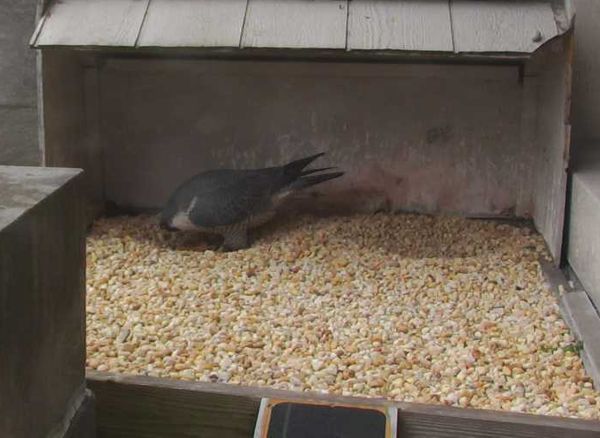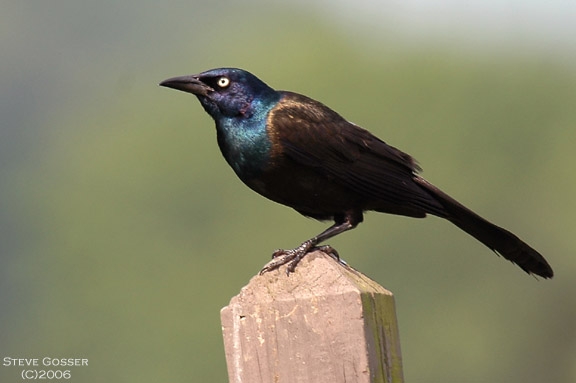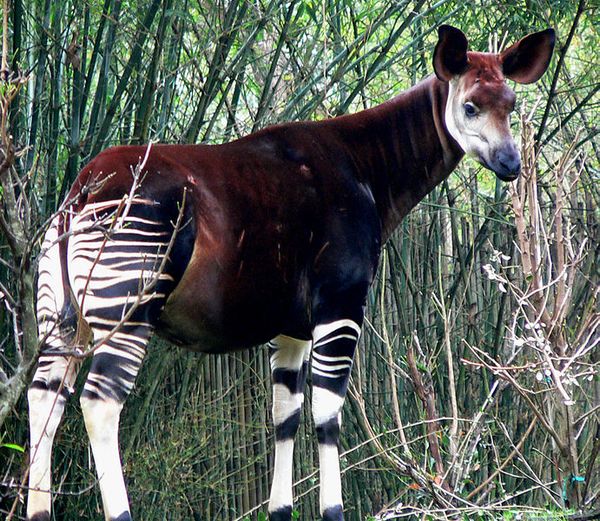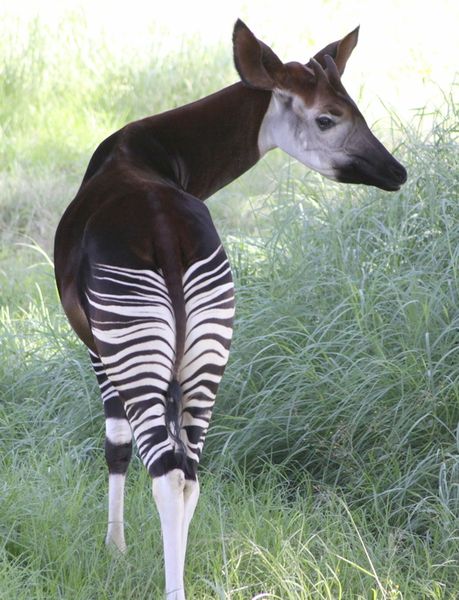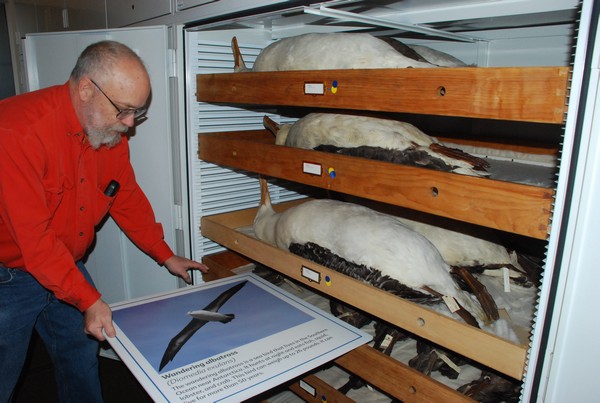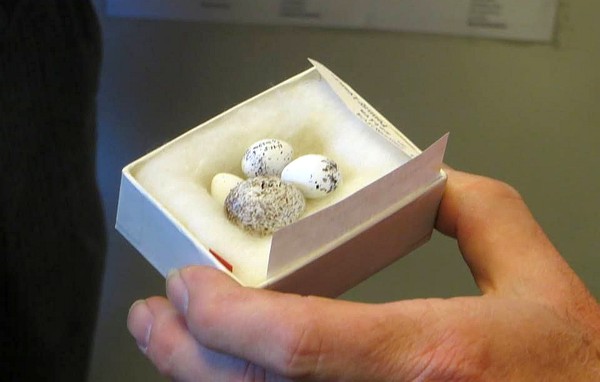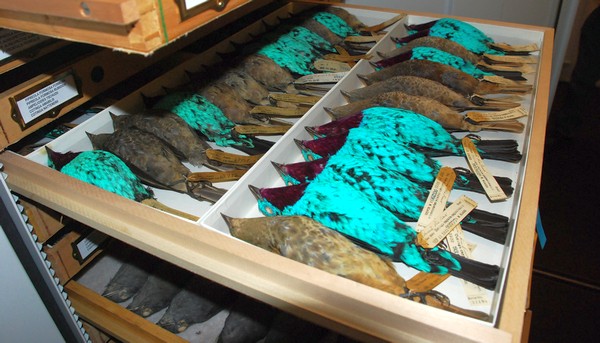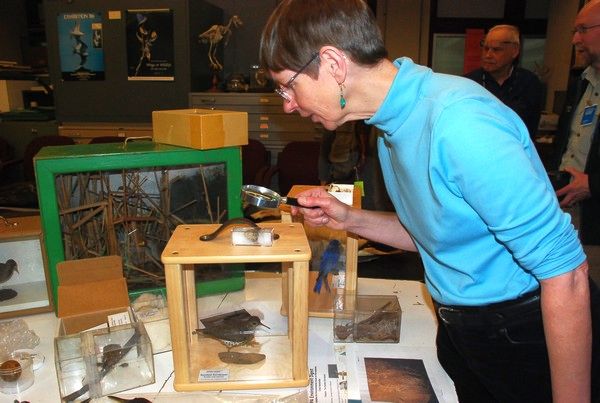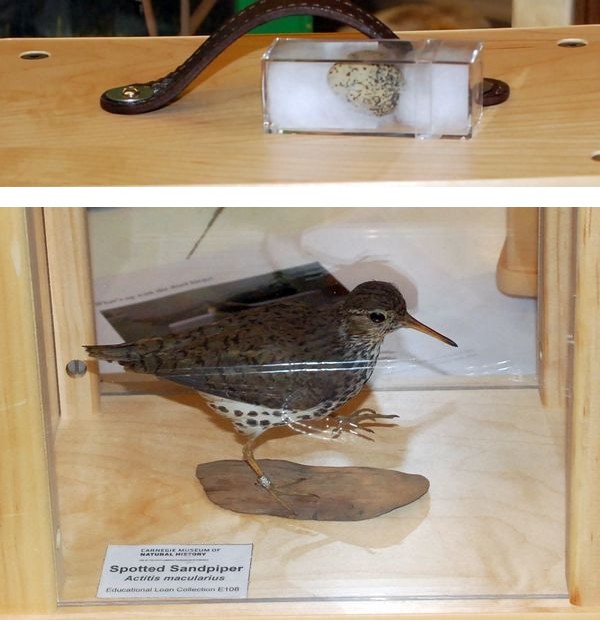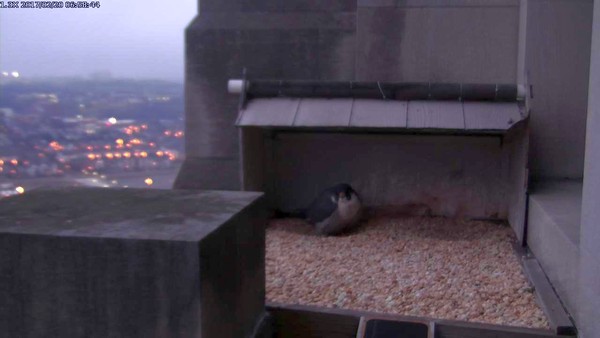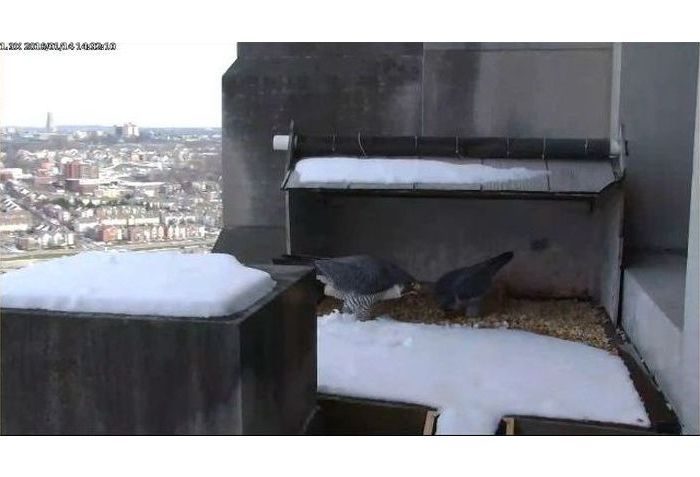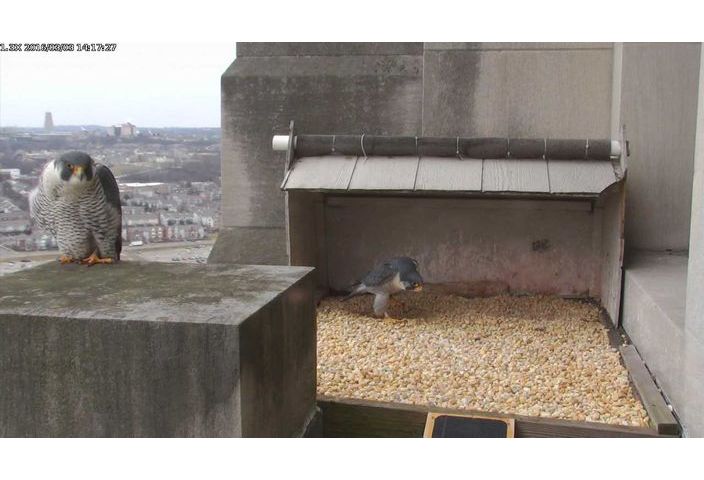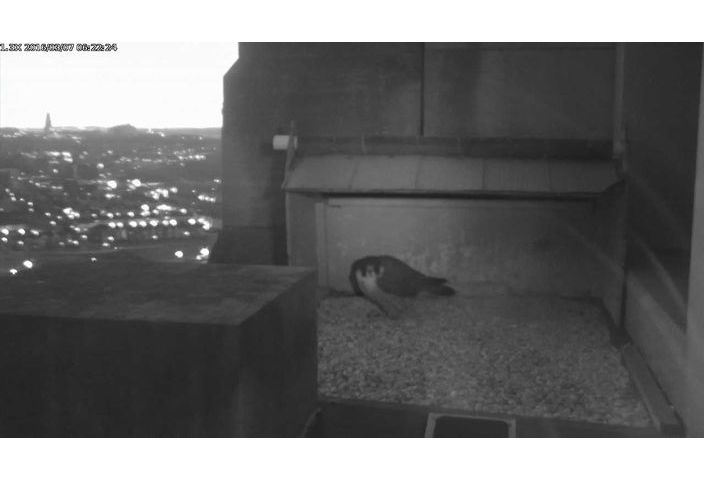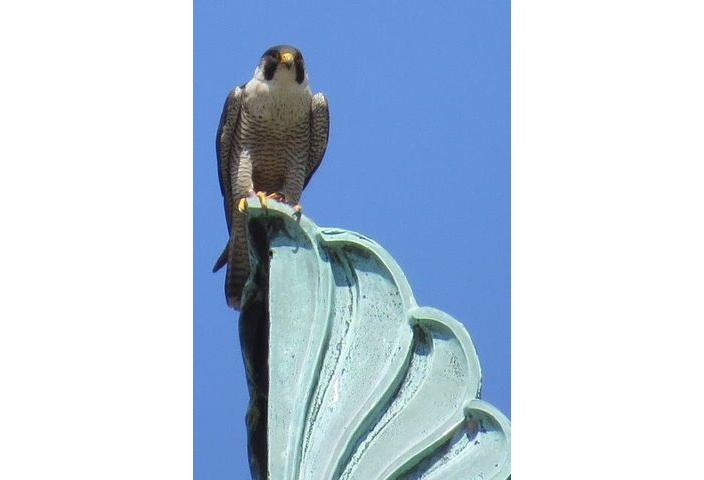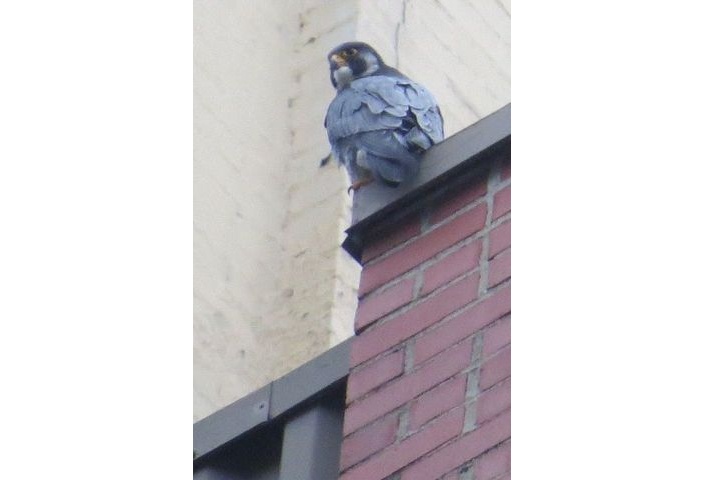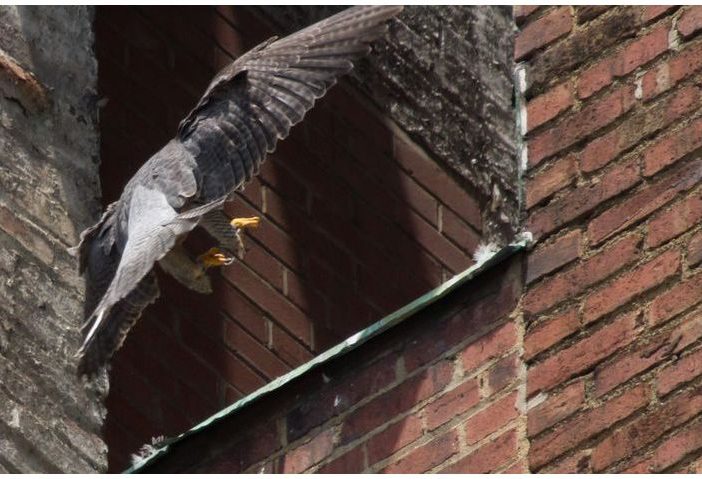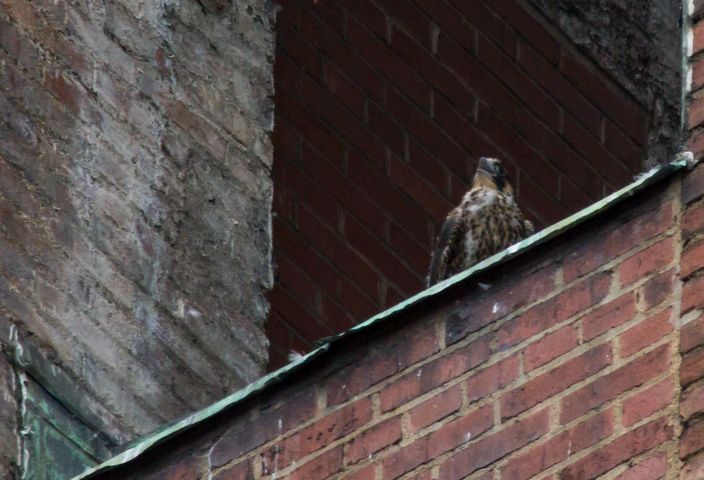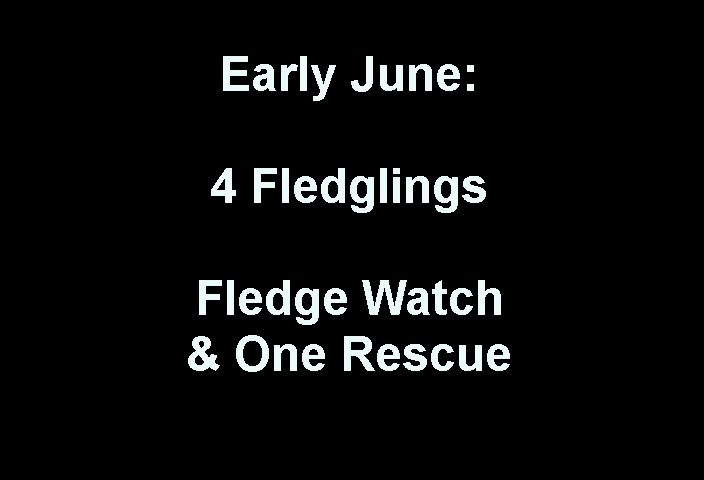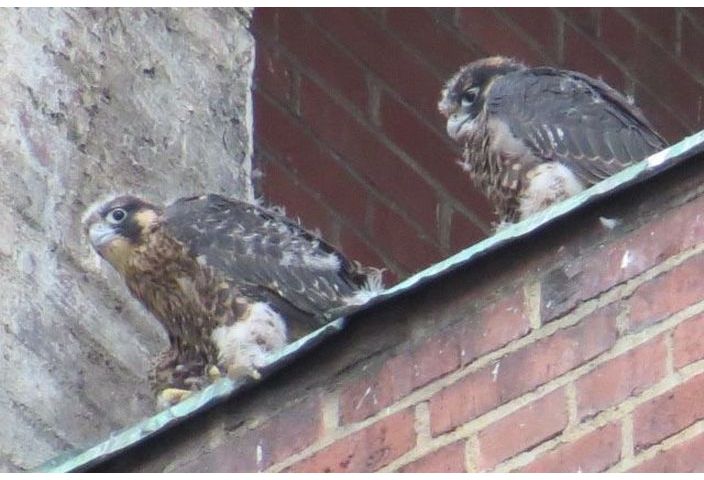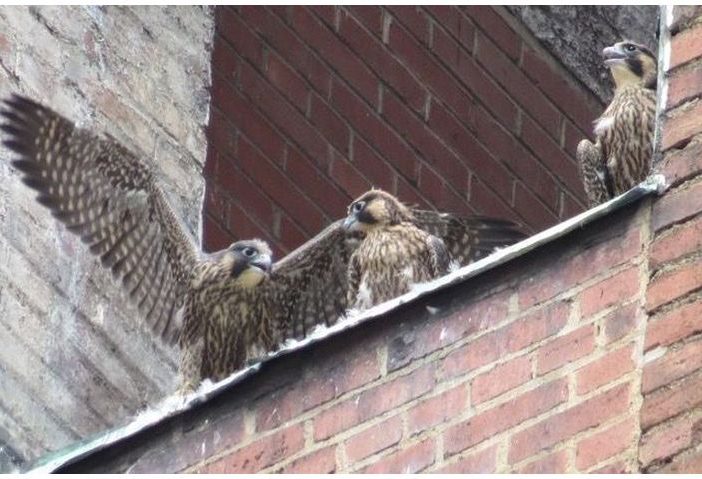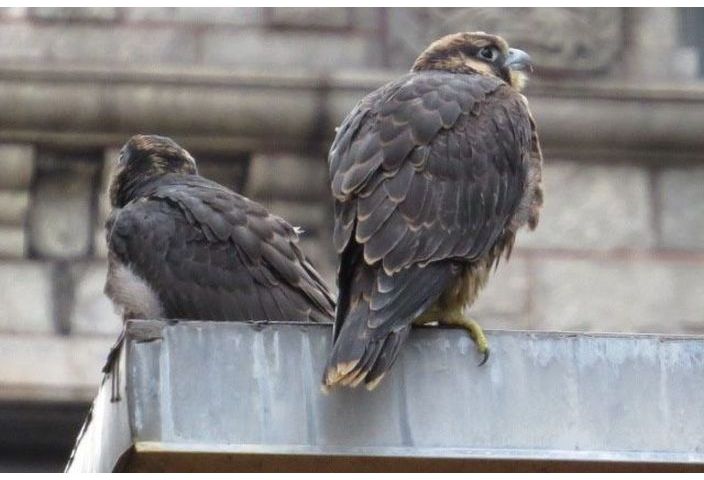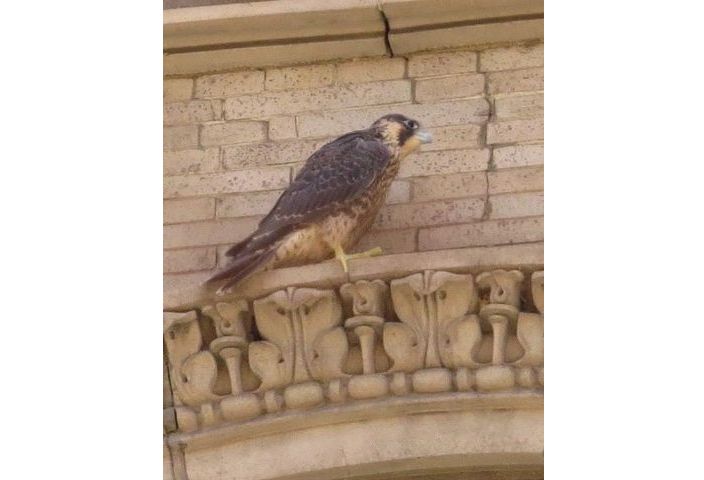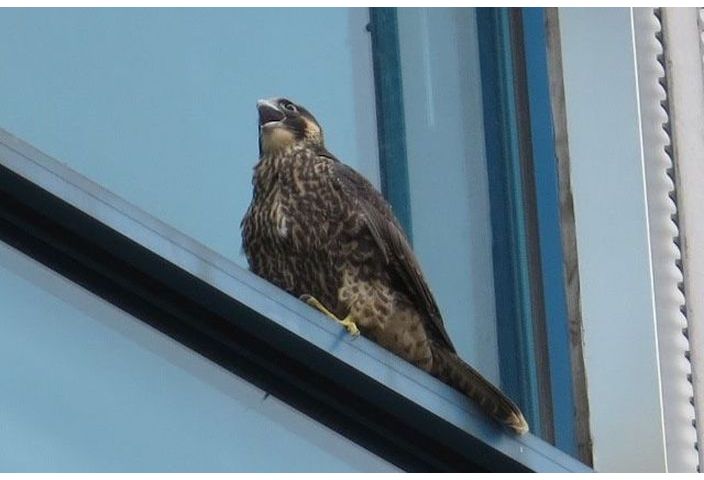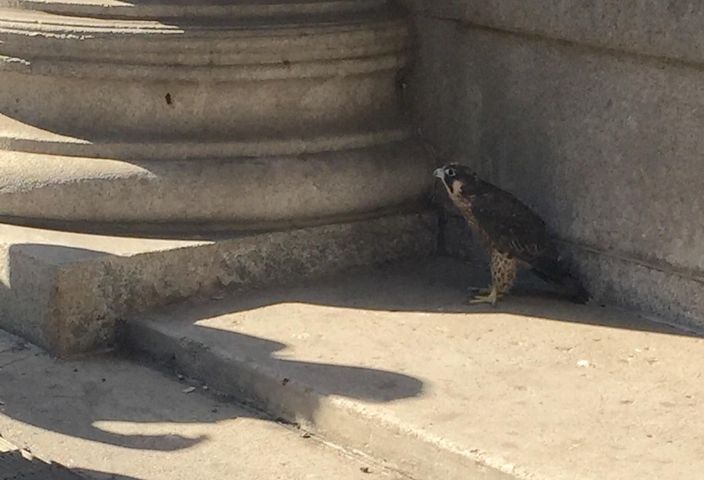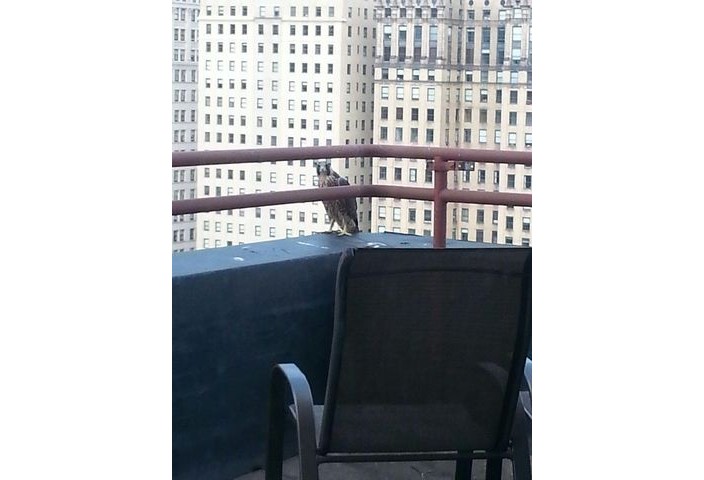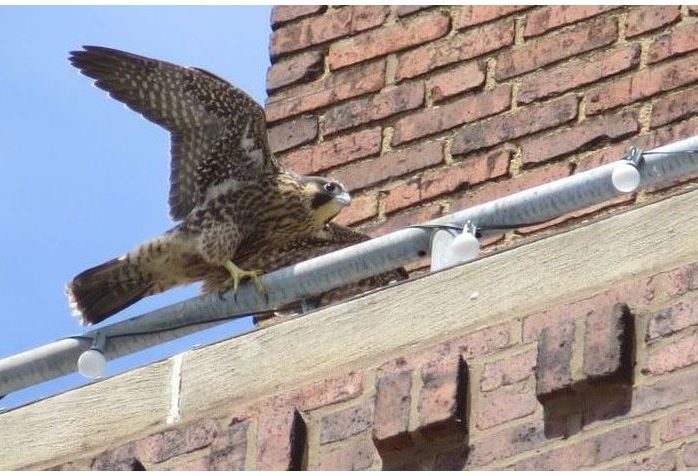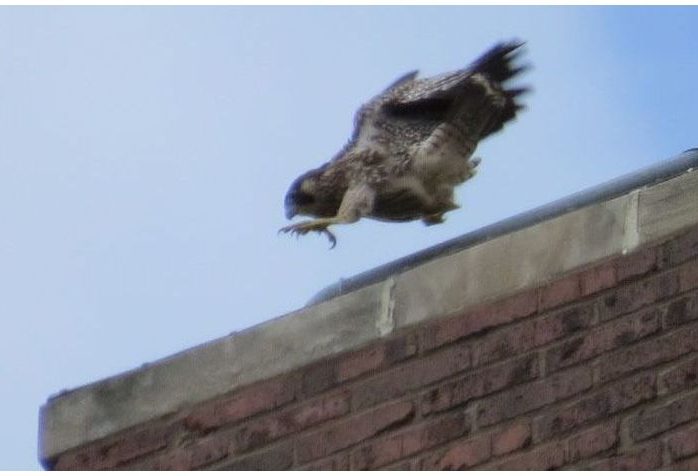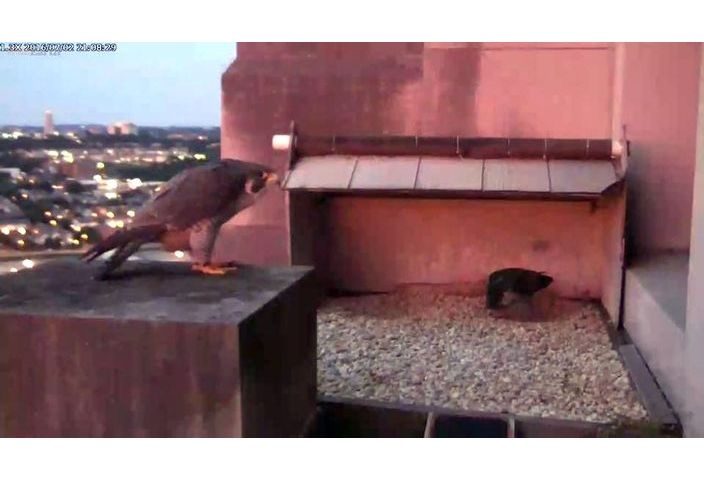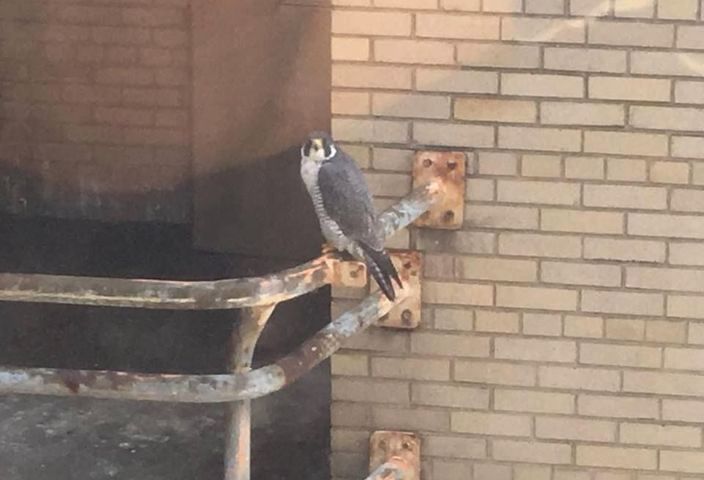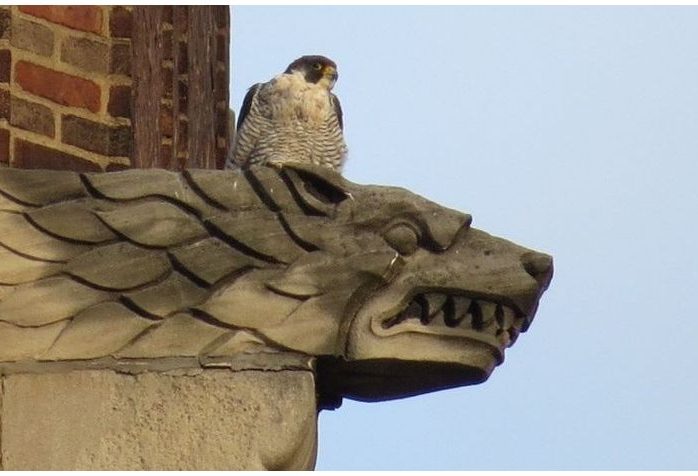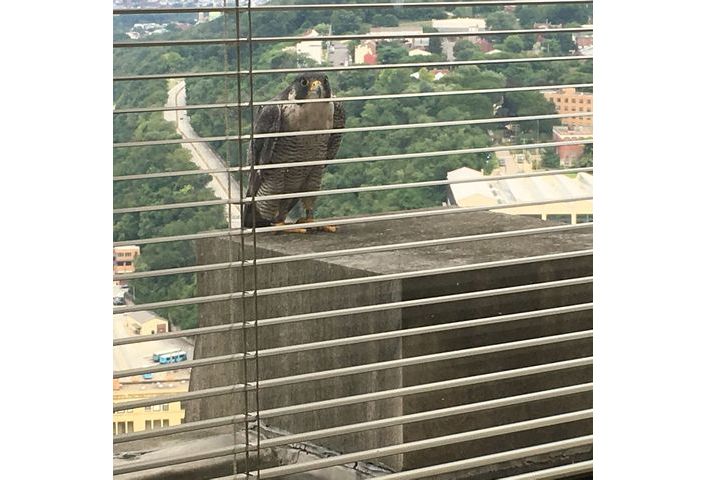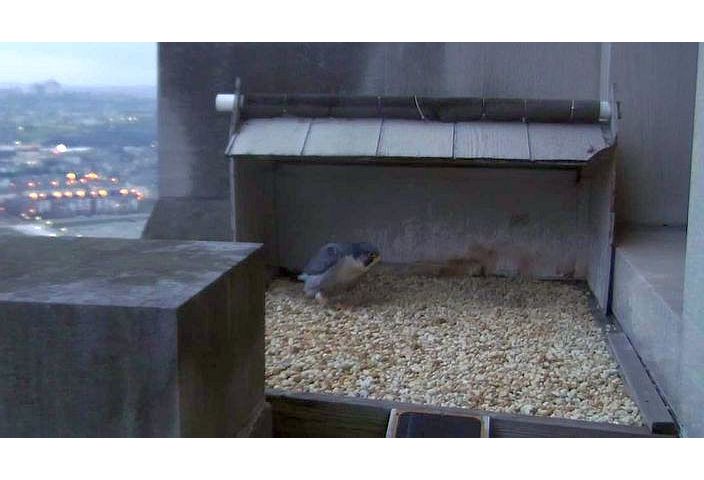
When I visited Costa Rica this month I saw more tanagers than I’d ever seen before … but some of them weren’t really tanagers.
Tanagers (Thraupidae) are the second largest family of birds on earth but their membership is constantly in flux as DNA tests move birds in and out of the family every year. In the photo above, all three birds used to be Thraupidae but one of them moved out in 2012.
Thanks to photos from fellow travelers Bert Dudley and Jon Goodwill, and from our guide Roger Melendez, here are tanagers we saw in Costa Rica, both true and false.
True Tanagers whose names include the word tanager:
- Blue gray tanager (Thraupis episcopus), seen everywhere on our Costa Rican trip.

- Cherrie’s tanagers (Ramphocelus costaricensis) were plentiful at Las Cruces Biological Station. Here’s a male, in velvet black and orange with a blue-gray beak, perching next to a female.

- The two palm tanagers (Thraupis palmarum) in front are photobombed by a red-legged honeycreeper (Cyanerpes cyaneus). The honeycreeper happens to be a tanager, too.

- Speckled tanagers (Tangara guttata) are subtly gorgeous birds. These were at Las Cruces.

- Silver-throated tanagers (Tangara icterocephala) are very common.

True Tanagers whose names don’t say “tanager”. These species are in the Tanager family but you’d never know it by their names.
- The red-legged honeycreeper (Cyanerpes cyaneus), posing above with the palm tanagers, is in the Tanager family.
- The green honeycreeper (Chlorophanes spiza), below, is too.

- The scarlet-thighed dacnis (Dacnis venusta) has beautiful scarlet thighs. Too bad the leaves are hiding them.

- The streaked saltator (Saltator striatipectus), with a beak like a grosbeak, is a tanager.

- The slaty flowerpiercer (Diglossa plumbea) is a recent move (or about to move) into the Tanager family. Some websites still list him as a Sparrow/Bunting (Emberizidae). Notice his hooked beak for piercing flowers.

False Tanagers that are still called “tanagers.” These birds in the Piranga genus were moved to the Cardinal family (Cardinalidae).
- Flame-colored tanager (Piranga bidentata), plentiful at Savegre.

- Summer tanager (Piranga rubra). Another cardinal relative.

“False” Tanagers that used to be in the Tanager family, though “tanager” is not in their name.
- The yellow-crowned euphonia (Euphonia luteicapilla), pictured at the top with two true tanagers, was in the Tanager family (Thraupidae) until 2012 when he became a Finch (Fringillidae). This didn’t affect the euphonia’s life but it scrambled our field guides.

As you can see, the Tanager family can change in a flash!
(photos by Bert Dudley, Jon Goodwill and Roger Melendez)
